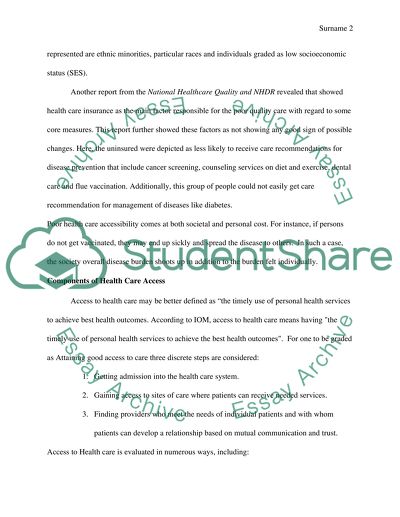Cite this document
(“Access To Health Care Essay Example | Topics and Well Written Essays - 3000 words”, n.d.)
Retrieved de https://studentshare.org/health-sciences-medicine/1496497-access-to-health-care
Retrieved de https://studentshare.org/health-sciences-medicine/1496497-access-to-health-care
(Access To Health Care Essay Example | Topics and Well Written Essays - 3000 Words)
https://studentshare.org/health-sciences-medicine/1496497-access-to-health-care.
https://studentshare.org/health-sciences-medicine/1496497-access-to-health-care.
“Access To Health Care Essay Example | Topics and Well Written Essays - 3000 Words”, n.d. https://studentshare.org/health-sciences-medicine/1496497-access-to-health-care.


